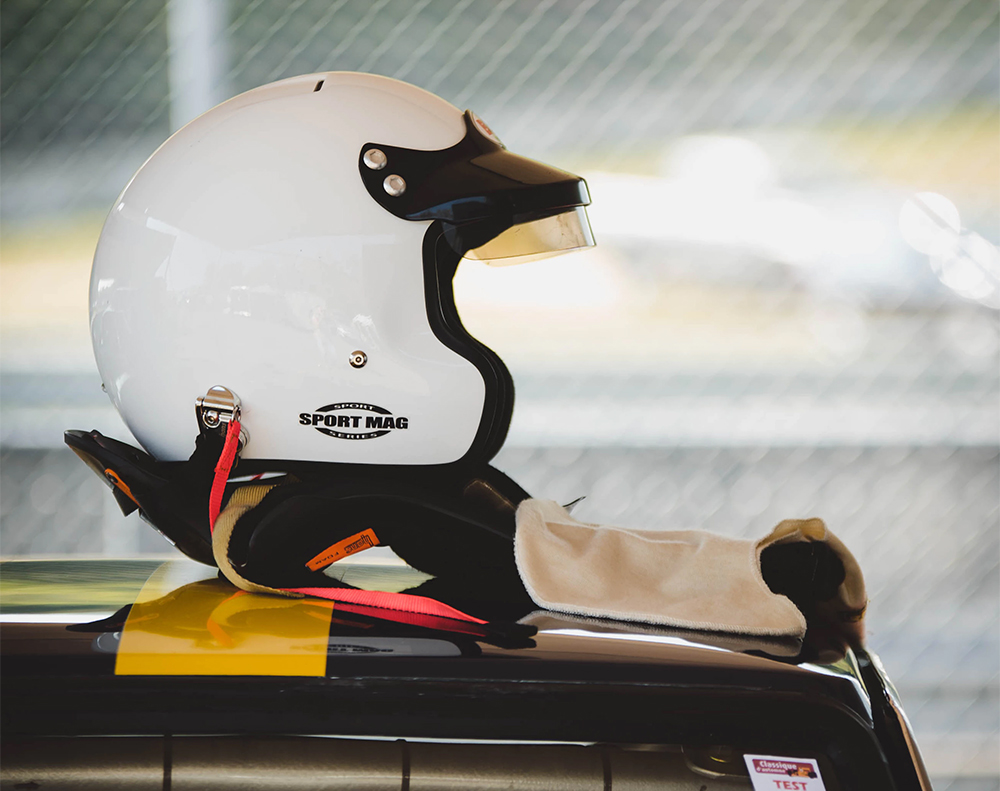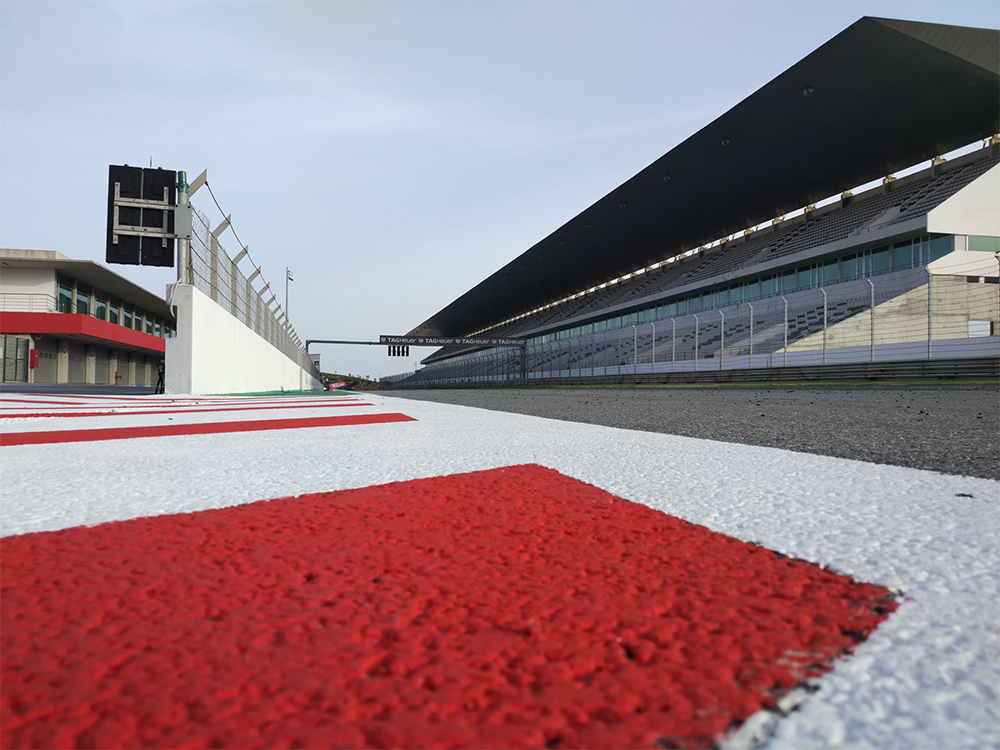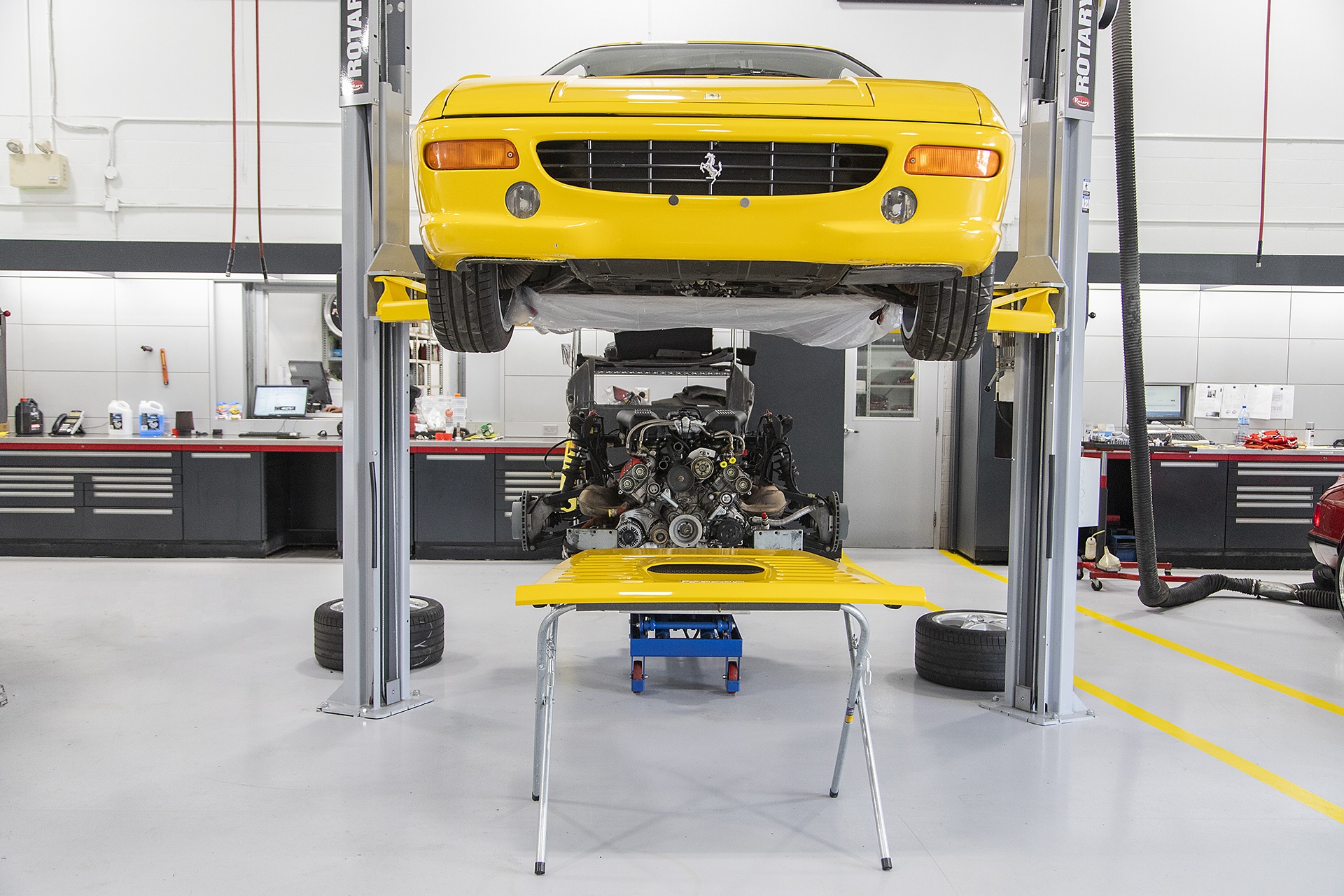If you are considering in attending a track day for the first time, there are a few things that you need to learn. Naturally, track day organizers want to provide a truly fun and unrestricted driving experience, but it is also vital for there to be rules and guidelines in the interest of safety.
Of course, it should also be pointed out that outside of the specific rules there are plenty of unwritten rules that simply serve as good etiquette for when you get out on a track day. Here we look at some of the dos and don’ts of track day etiquette to ensure that you have a fantastic day on the track, stay safe and avoid upsetting other drivers.


DO invest in some training
It’s the case with any kind of motorsport that if you turn up as a complete beginner to any kind of track day or race event, you can feel out of your depth. Don’t worry – this is a common occurrence for almost everyone who tries a motorsport for the first time. Thankfully, there are now many opportunities to do some learning or training in motorsport driving in a friendly and relaxed environment.
For example, before you get into rallying you can go on a beginner’s rally driving experience day to get an introduction to the skills required for this type of driving. The same is true for many of the race tracks in the UK – for example, Silverstone offers driver coaching that can help you master the track before you get out on the circuit alone.
DON’T treat it as a race
It is important to remember at all times that a track day is not a race. Yes, you are on a racetrack but the rules for track days explicitly state that any form of racing off lap timing is not allowed – and in many cases doing so will invalidate your insurance.
Driving on a track day is a chance to drive at speeds that are not allowed on the roads and to test the limits of your car and your driving ability, but it cannot become a race. Stick to the driving that is allowed or you will find yourself escorted from the track and banned.


DO listen carefully to the safety briefing
Before the driving fun begins on any track day there will be a safety briefing given by the marshals. This is the time where rules are explained and safety practice detailed. It is never acceptable to assume that you already know the rules and therefore you don’t need to listen. Different track days have specific rules that you will need to follow, and failing to do so can be extremely dangerous for you and the other drivers around you. So make sure that you pay attention to the briefing and take on-board everything that is said.
DON’T arrive with a faulty vehicle
The majority of track day sessions allow for unmodified road cars to be used on the track. It is actually very common for individuals to take their own car just to see how it will perform. But just because it is OK to turn up and drive in your everyday car, it doesn’t mean that you shouldn’t do any preparation before the event.
At the very least you should be thoroughly checking your wheels and ensuring that the whole of the car is in good enough condition to be driven in anger. Obviously, it is impossible to guarantee that you won’t encounter problems, but you need to take as many precautions as possible to be sure that your car will be in good shape for the track day.
DO learn the overtaking rules
Once again, a track day is not a race. But overtaking is still allowed to ensure that faster cars are not held up by slower ones, so whether you are driving a quick or slow car you need to understand the rules and etiquette expected for overtaking. Rules may differ between courses and events but typically they state that overtaking can only be executed to the left of the car in front. Additionally, you can only overtake in designated areas of the track – usually on the straights.



